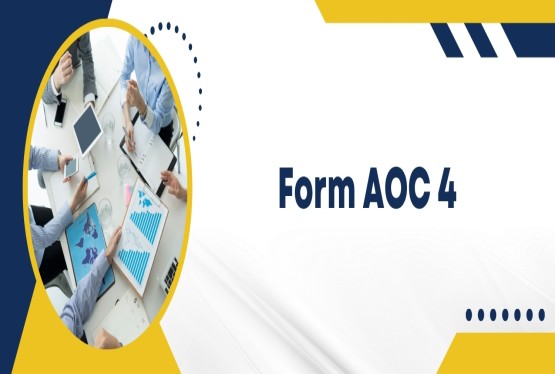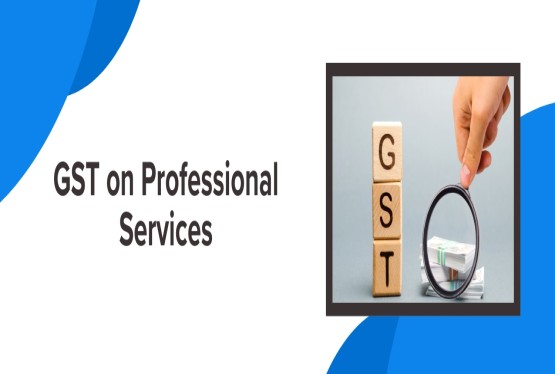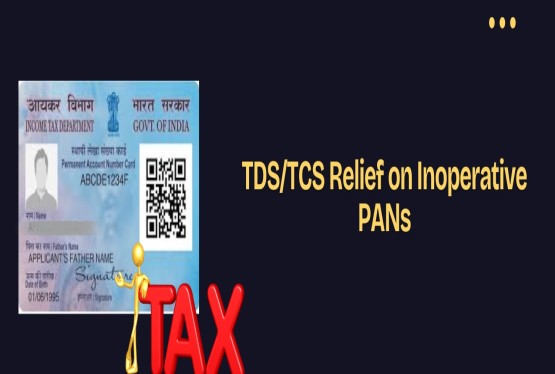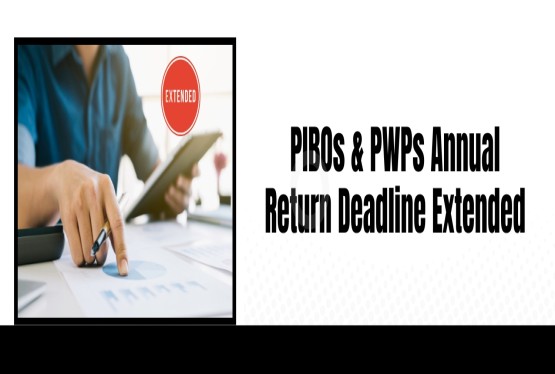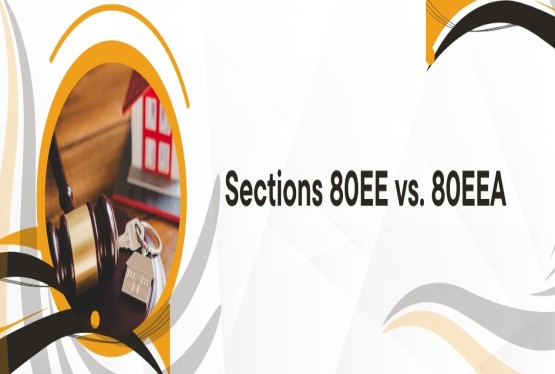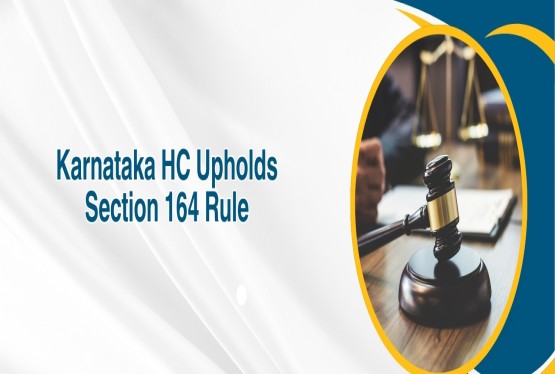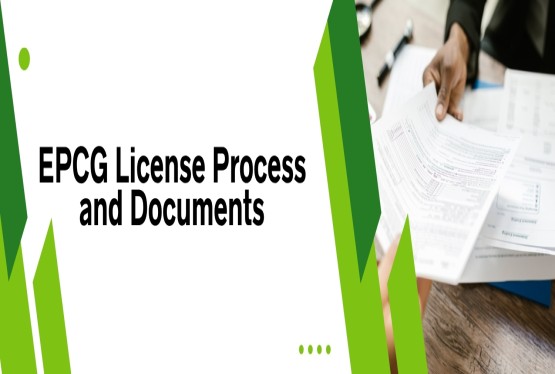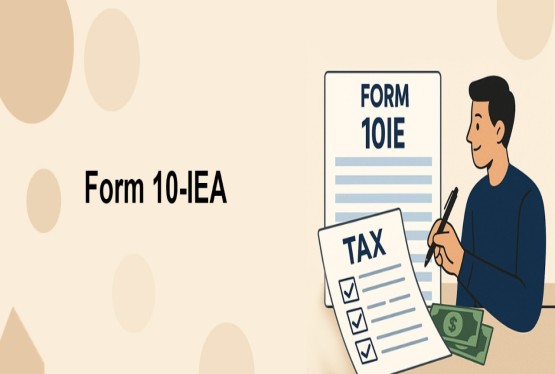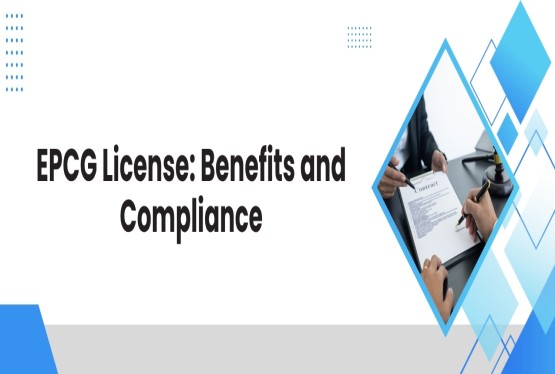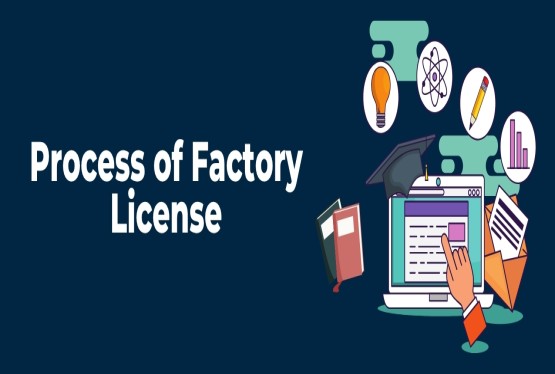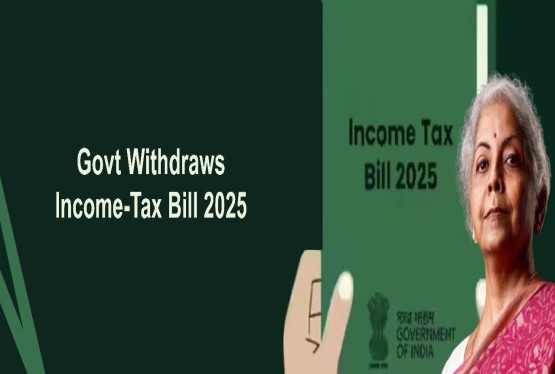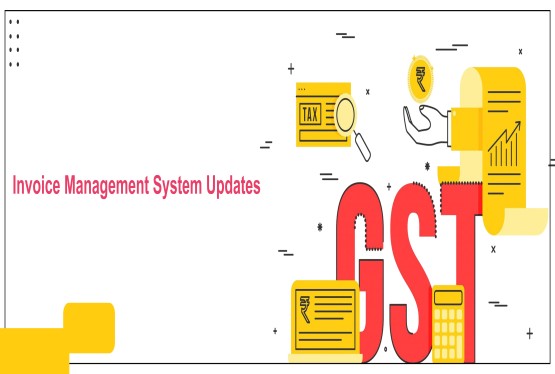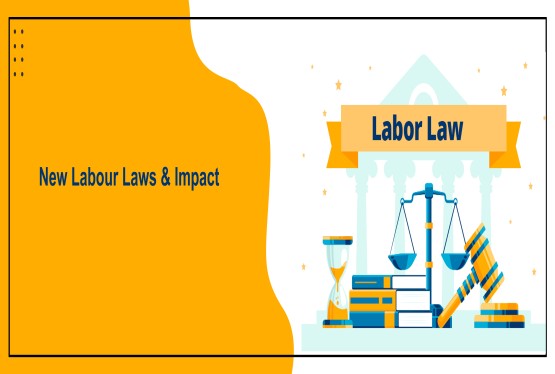Form 12BB is an important document for salaried individuals in India who wish to claim tax deductions and exemptions on various investments and expenses made during the financial year. This form, introduced by the Income Tax Department effective from 1st June 2016, serves as a standard format for declaring eligible deductions to your employer. It is mandatory for all salaried employees who want to reduce their TDS (Tax Deducted at Source) burden and ensure that their take-home salary is maximized.
What is Form 12BB?
Form 12BB is a declaration form used by salaried employees to inform their employers about the investments and expenditures they have made or intend to make during the financial year for which they seek tax benefits. It allows the employer to consider these claims while calculating the monthly TDS on salary. Without submission of Form 12BB, an employer is bound to deduct tax without considering your eligible deductions.
This form includes details of House Rent Allowance (HRA), Leave Travel Allowance (LTA), interest paid on home loan, and deductions claimed under Chapter VI-A of the Income Tax Act, including Sections 80C, 80D, 80G, etc. Submission of proofs or evidence is required towards the end of the year to support the claims made in Form 12BB.
When to Submit Form 12BB?
Ideally, you should submit Form 12BB at the beginning of every financial year to ensure that the correct TDS is deducted from your monthly salary. However, most organizations ask employees to submit the declaration towards the end of the financial year, along with the supporting documents. If you are joining a new job, you should submit Form 12BB to your new employer at the time of onboarding or before the payroll processing starts.
Importance of Form 12BB
The primary purpose of Form 12BB is to help employees avail of tax benefits on various deductions and exemptions under the Income Tax Act. By filing this form correctly, you can significantly reduce your taxable income and increase your net salary. The employer uses this information to compute accurate TDS and avoid over or under-deduction of taxes.
Failing to submit Form 12BB may result in excess tax being deducted. Though you can claim a refund while filing your Income Tax Return (ITR), it is better to declare your investments in time to ensure that your monthly income is not affected.
Details Required in Form 12BB
The following are the details required in Form 12 BB:
Personal Information
The form begins with personal details of the employee. You must provide:
-
Full Name
-
Residential Address
-
PAN (Permanent Account Number) or Aadhaar Number
-
Financial Year for which the declaration is being made (e.g., FY 2024-25)
These details help identify the employee and ensure the correctness of records maintained by the employer for tax deduction purposes.
House Rent Allowance (HRA)
If you are living in a rented house and your salary includes House Rent Allowance, you can claim an exemption on HRA under Section 10(13A). The amount of exemption is determined based on the rent paid, your salary, and the city in which you reside.
To claim HRA, you need to provide the following information:
1. Amount of rent paid during the year
2. Name of the landlord
3. Address of the landlord
4. PAN of the landlord, if the rent paid exceeds Rs. 1,00,000 in a year
Evidence Required:
1. Rent receipts for every month or a copy of the rent agreement
2. A formal rent agreement on stamp paper is highly advisable
Important Notes:
1. HRA cannot be claimed if you live in your own house
2. If rent is paid to parents, they should report it as income in their ITR
3. Submitting fake rent receipts can lead to penalties
4. If HRA is not part of your CTC, you can claim deduction under Section 80GG instead
Leave Travel Allowance (LTA)
LTA is another allowance provided by the employer to cover the travel expenses of the employee and their family within India. You can claim exemption on travel costs incurred during holidays, subject to certain conditions.
To claim LTA exemption, submit:
1. Boarding passes
2. Travel tickets (air, rail, or bus)
3. Invoices from travel agencies
Eligibility Criteria:
1. LTA should be a part of your salary package
2. You can claim LTA for travel undertaken by you, your spouse, children, dependent parents, and siblings
3. Only domestic travel is covered. No exemption for accommodation or international travel
Exemption is allowed for two journeys in a block of four years. The current block is 2022–2025. If you claimed only one LTA in the previous block, you can carry forward the second trip to the first year of the next block.
Interest on Home Loan
Interest paid on a home loan qualifies for deduction under Section 24(b). This deduction can be claimed up to Rs. 2,00,000 per annum for self-occupied properties.
You need to provide:
1. Amount of interest paid
2. Name and address of the lender
3. PAN or Aadhaar of the lender (whether it is a financial institution or an individual)
Required Documents:
1. Interest certificate from the lender
2. Completion/possession certificate of the property
3. Self-declaration stating whether the property is self-occupied or let out
Additional Deductions:
1. Section 80EE: Additional deduction up to Rs. 50,000 for first-time homebuyers (loans sanctioned before 31st March 2017, loan amount less than Rs. 35 lakh, and property value under Rs. 50 lakh)
2. Section 80EEA: Additional deduction up to Rs. 1.5 lakh (loan sanctioned between 1st April 2019 to 31st March 2022, property stamp duty below Rs. 45 lakh)
Special Considerations:
1. Joint loan holders can claim benefits individually based on their share in the loan
2. If you have taken a loan from a friend or relative, you can still claim deduction on interest under Section 24, provided you have an interest certificate. However, the principal repayment will not be eligible under Section 80C in this case
Deductions under Chapter VI-A
This part of Form 12BB deals with deductions under Section 80C, 80D, 80G, and others. These deductions reduce your taxable income and cover investments and payments made towards eligible schemes.
Common deductions include:
1. Section 80C: PPF, ELSS, LIC premiums, tax-saving FDs, NSC, tuition fees, principal repayment of home loan
2. Section 80D: Premiums paid for health insurance and preventive health check-ups
3. Section 80G: Donations to registered charitable institutions
4. Section 80E: Interest on education loan
5. Section 80DD & 80U: Medical expenses and disability support
Documents Required:
1. Receipts or certificates for all investments or expenses
2. Tuition fee receipts, donation receipts, premium payment acknowledgements
3. Health insurance policy and payment receipts
4. Form 10-IA for disabilities
These deductions can be claimed only if proper evidence is provided at the end of the financial year.
Verification Section
In the final part of Form 12BB, you are required to verify that all the information furnished is correct and accurate to the best of your knowledge. This section must include:
1. Full Name of the employee
2. Name of parent (father/mother)
3. Place (city name)
4. Date of filing
5. Signature
This verification ensures that the form is authentic and can be used by the employer to calculate TDS correctly.
How to Submit Form 12BB?
You can either fill Form 12BB manually and submit the signed copy to your employer along with physical proofs or upload the filled and signed form digitally through your company’s internal HR portal, if available. In some cases, employers may also accept scanned copies over official email IDs.
Make sure to retain a copy for your records, and always cross-check your declaration with the actual investments and expenses made by the end of the year.
Form 12BB vs. Form 16
While both forms relate to income tax, they serve different purposes:
1. Form 12BB is a declaration form submitted to your employer
2. Form 16 is a certificate issued by your employer showing details of your salary and TDS deducted and deposited with the government
You submit Form 12BB to enable the employer to issue an accurate Form 16 at year-end.
What if You Miss Submitting Form 12BB?
If you fail to submit Form 12BB to your employer, they will deduct TDS without considering any of your tax-saving investments. This results in excess TDS being deducted. However, you can still claim all eligible deductions while filing your Income Tax Return and receive a refund for the excess TDS.
But this means waiting longer to receive your money back, and you’ll have less take-home salary during the year. Hence, timely submission is always better.
Changing Jobs Mid-Year and Form 12BB
If you switch jobs during the financial year, submit Form 12BB to your new employer but avoid claiming the same deductions again if you already claimed them with your previous employer. Double-claiming will result in underpayment of TDS and could invite tax dues and penalties later when you file your ITR.
Conclusion
Form 12BB is not just a formality. It is an essential part of managing your salary income and ensuring tax efficiency throughout the year. Whether it’s rent, travel, loan repayments, or health insurance, everything can add up to substantial tax savings. But only if declared properly.
By understanding every section of Form 12BB and submitting the right proofs, you not only stay compliant but also optimize your take-home salary and avoid last-minute tax liabilities. Fill it out carefully, submit it on time, and enjoy the benefits of a well-planned financial year.
Frequently Asked Questions (FAQs)
Q1. What is Form 12BB and why is it important for salaried employees?
Ans. Form 12BB is a mandatory declaration form that salaried employees must submit to their employers to claim tax deductions on their investments and expenditures. It's crucial because it allows employers to calculate the correct amount of Tax Deducted at Source (TDS) from the employee's salary each month, preventing over-deduction or under-deduction of taxes and ensuring smoother tax filing at the end of the financial year.
Q2. When is the typical due date for submitting Form 12BB to the employer?
Ans. The due date for submitting Form 12BB is typically towards the end of the financial year, usually in January or February. It's important to adhere to this timeline to ensure your declared investments are considered for TDS calculation in the final months of the fiscal year.
Q3. What are some key components or sections that need to be filled out in Form 12BB?
Ans. Form 12BB primarily consists of two main parts after the initial personal details section. Part II requires details and evidence for claims such as House Rent Allowance (HRA), Leave Travel Concessions (LTA), Home Loan Interest Deduction, and various deductions under Chapter VI-A of the Income Tax Act (like Section 80C, 80D, 80G, etc.). Part III is the verification section where the employee confirms the accuracy of the provided information with their signature.
Q4. What kind of supporting documents or proof are required to be submitted along with Form 12BB for different types of claims?
Ans. The required supporting documents vary depending on the claim. For HRA, rent receipts or a rental agreement are needed. For LTA, travel-related documents like boarding passes or flight tickets are necessary. For home loan interest deduction, an interest certificate from the lender is required. For deductions under Chapter VI-A, specific proofs like investment certificates for ELSS, premium receipts for life insurance or health check-ups, donation receipts, etc., are needed based on the nature of the investment or expenditure.
Q5. Is there an online procedure for filing Form 12BB, and what are the general steps involved in the submission process?
Ans. While the provided text mentions downloading and filling the form, signing a printed copy, and submitting it to the employer, many organizations now have online portals for this process. Generally, whether online or offline, the steps involve obtaining the Form 12BB (either downloaded or accessed online), accurately filling in all the required details about your investments and deductions, providing necessary supporting documentation (either uploaded online or attached to the physical form), signing the form (physically or digitally), and submitting it to your employer by the specified deadline. Always check with your employer's HR or finance department for their specific submission procedure.








_crop10_thumb.jpg)




































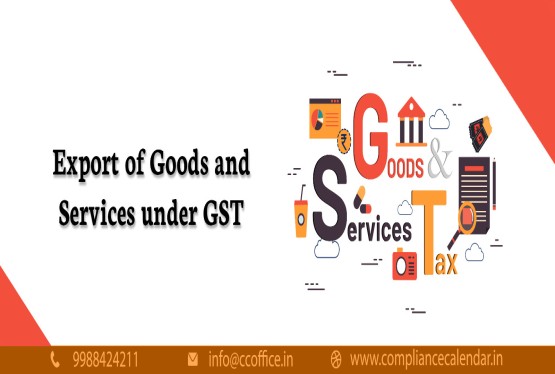













































_for_FY_2025-26_crop10_thumb.jpg)



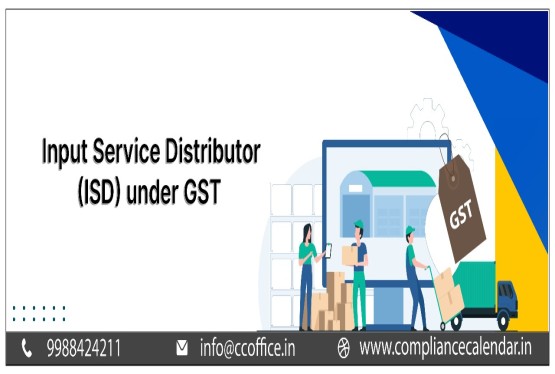








_learn_crop10_thumb.jpg)








_Filing_Due_Dates_for_FY_2024-25_learn_crop10_thumb.jpeg)
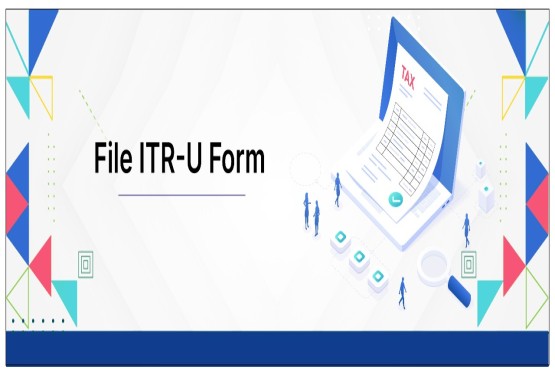
























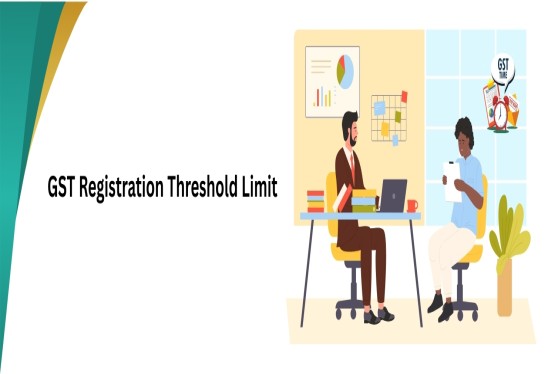
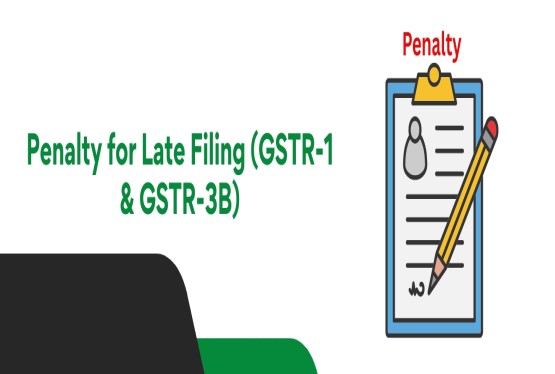












_of_GST_Act_learn_crop10_thumb.jpg)










_Under_GST_learn_crop10_thumb.jpg)









_crop10_thumb.jpg)

_crop10_thumb.jpg)






_learn_crop10_thumb.jpg)






















_of_the_Income_Tax_Act_learn_crop10_thumb.jpg)



_learn_crop10_thumb.jpg)






_learn_crop10_thumb.jpg)






_crop10_thumb.jpg)




















_in_The_Income_Tax_Act,_1961_learn_crop10_thumb.jpg)



_learn_crop10_thumb.jpg)



_of_the_Income_Tax_Act_learn_crop10_thumb.jpg)

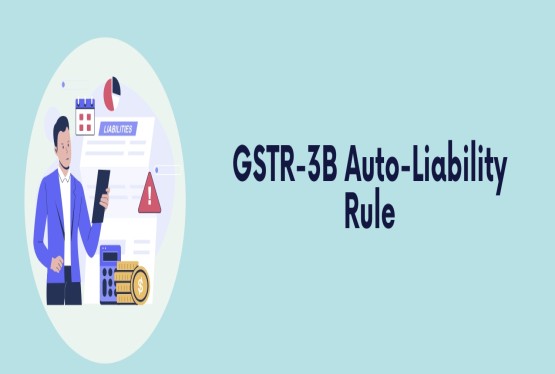
_Of_Income_Tax_Act_learn_crop10_thumb.jpg)








_learn_crop10_thumb.jpg)








_learn_crop10_thumb.jpg)
_crop10_thumb.jpg)

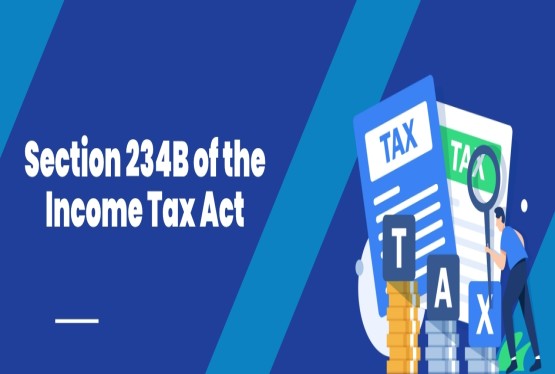




















_learn_crop10_thumb.jpg)
_for_Import_and_Export_learn_crop10_thumb.jpg)









